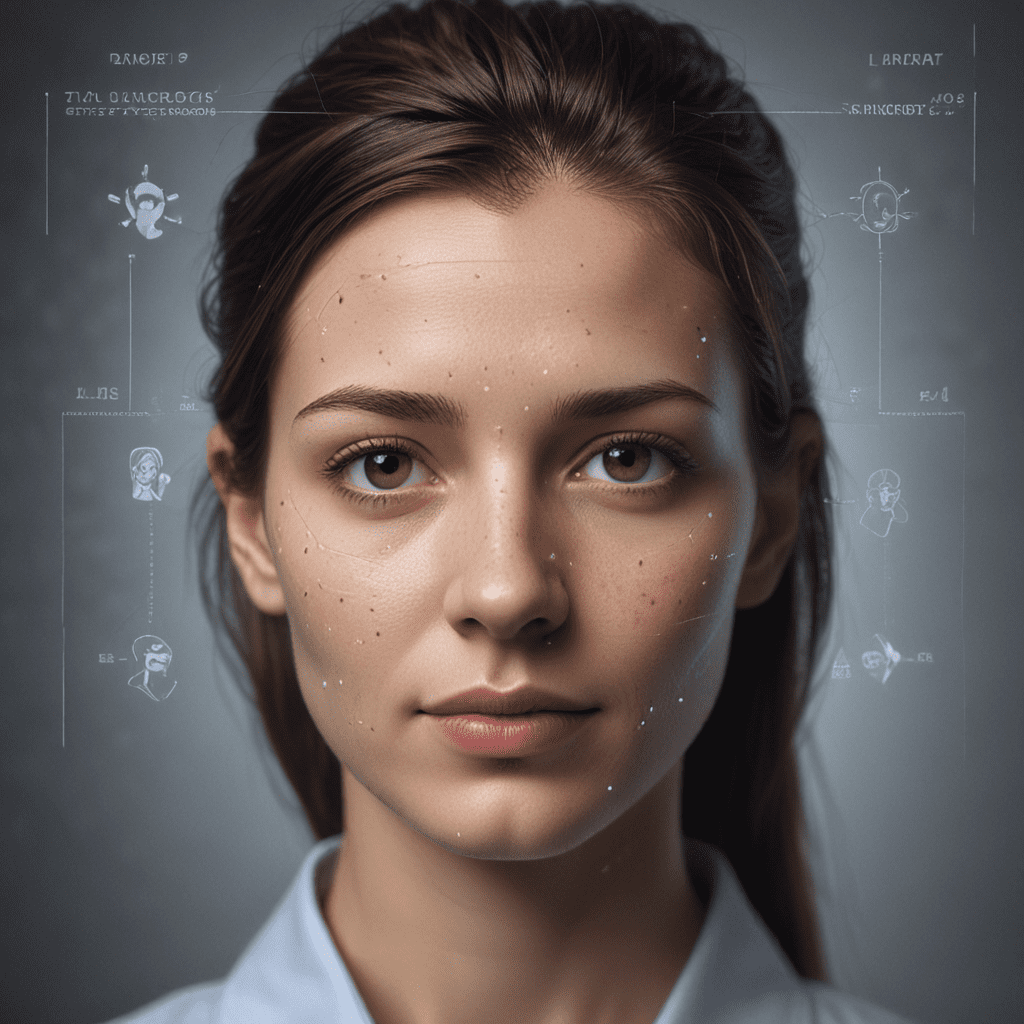
6. Future Trends and Innovations
As technology continues to advance, facial recognition is expected to play an increasingly significant role in preventing identity theft. Researchers are exploring advancements in artificial intelligence (AI) and machine learning (ML) to enhance the accuracy and efficiency of facial recognition systems. This includes the development of deep learning algorithms that can analyze facial features with greater precision and identify potential imposters more effectively. Additionally, the integration of facial recognition with other technologies, such as iris scanning and fingerprint recognition, can further strengthen security measures and provide multi-factor authentication.
7. Benefits for Financial Institutions
Facial recognition technology offers several benefits for financial institutions in combating identity theft. By implementing facial recognition systems, banks and credit unions can reduce the risk of fraudulent account openings and transactions. The technology enables accurate and real-time identity verification, making it difficult for fraudsters to impersonate legitimate customers. It also improves compliance with KYC (Know Your Customer) regulations, which require financial institutions to verify the identities of their customers before conducting certain transactions. Enhanced security measures provided by facial recognition can increase customer trust and confidence, ultimately leading to improved business reputation and customer loyalty.
8. Benefits for Government Agencies
Government agencies can leverage facial recognition technology to enhance security and prevent identity theft within their jurisdictions. Facial recognition systems can assist in detecting imposters and fraudsters attempting to access high-security areas, such as government buildings, military bases, and border checkpoints. The technology can also improve the accuracy and speed of identity verification processes during investigations and resolution of identity-related crimes. By implementing facial recognition systems, government agencies can strengthen public safety, enhance border security, and protect citizens from identity theft and its associated consequences.
9. Impact on Social and Public Well-being
The widespread adoption of facial recognition technology can positively impact social and public well-being by protecting vulnerable individuals from identity theft. The technology serves as a barrier against fraudsters who attempt to impersonate others for financial gain or other malicious purposes. Facial recognition systems can help prevent financial and reputational damage caused by identity theft, safeguarding individuals and families from financial ruin and emotional distress. Enhanced security measures in public spaces facilitated by facial recognition can contribute to a safer and more secure environment for everyone, benefiting society as a whole.
FAQ
Q: Is facial recognition secure enough to prevent identity theft?
A: Facial recognition technology has advanced significantly, offering accurate and real-time identity verification. It is a robust tool in preventing identity theft, but its effectiveness depends on the implementation of strong security measures and ethical guidelines.
Q: How can facial recognition be used to detect fraudulent transactions?
A: Facial recognition systems can analyze facial features in real-time to verify the identity of individuals making transactions. This helps banks and other financial institutions prevent fraud by detecting imposters attempting to access unauthorized accounts.
Q: What are the ethical considerations surrounding facial recognition technology?
A: The use of facial recognition raises concerns regarding privacy and potential misuse. Transparent regulations, ethical guidelines, and public awareness are crucial to ensure the responsible deployment and use of facial recognition technology while safeguarding individual rights.


